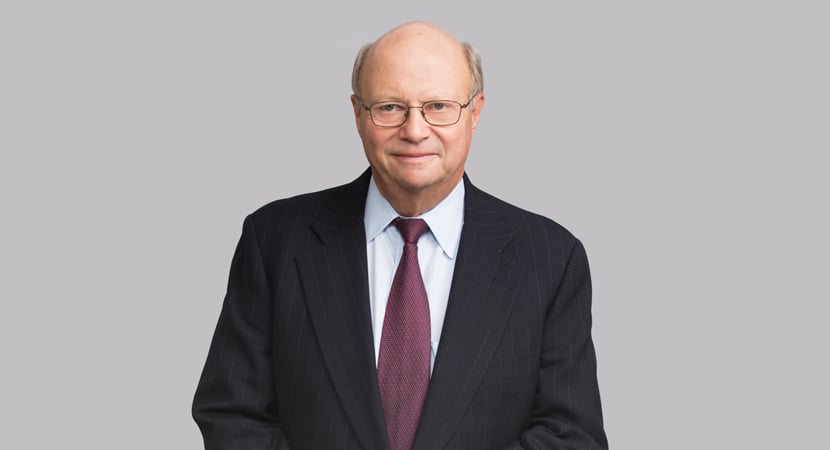District court dismisses Janice Dickinson’s Lanham Act claims arising from allegedly unauthorized and false portrayal of Dickinson in Bravo television series Shahs of Sunset and related promotional materials, ruling that her claims were barred by applicable First Amendment protections and that Dickinson lacked standing.
Plaintiff Janice Dickinson, described in her complaint as a “legendary supermodel” and “popular culture icon,” sued Ryan Seacrest Productions, NBCUniversal Media, Truly Original and fashion designer Erik Rosette after Dickinson was allegedly featured in an unfavorable light without her permission on an episode of the Bravo television series Shahs of Sunset. In October 2016, Dickinson agreed to appear pro bono in a runway show organized by Rosette, the designer and founder of Art Hearts Fashion, under his “Mister Triple X” label during Los Angeles Fashion Week. The event was portrayed in an episode of the series. Dickinson alleged that defendants conspired to script the episode to “include a false controversy in which they would make it appear that [Dickinson] intentionally stole or bullied her way into wearing [a romper] that had supposedly been previously selected for Golnesa Gharachedaghi, a lead character on the series.” Dickinson further alleged that defendants forged an appearance release bearing her signature that authorized defendants’ use of footage of Dickinson in the episode. The episode has been distributed, advertised and promoted across different platforms with some advertisements and promotions featuring the subplot of Dickinson’s encounter with Gharachedaghi. As a result, Dickinson alleged, defendants damaged her reputation with consumers and caused her to lose the “goodwill value of her charity work” for the event.
Based on the allegedly unauthorized use of her name and likeness and the allegedly false narrative surrounding Dickinson’s appearance in the episode, Dickinson filed a complaint against defendants for: (1) false endorsement in violation of 15 U.S.C. § 1125(a)(1)(A), (2) false advertising in violation of 15 U.S.C. § 1125(a)(1)(B), (3) dilution in violation of 15 U.S.C. § 1125(c), (4) violation of California Business and Professions Code §§ 17200, et seq., and various other state law claims. The court previously granted a motion to dismiss the first amended complaint without prejudice, which prompted Dickinson to amend her complaint to include additional state law claims. Defendants subsequently moved to dismiss Dickinson’s first four claims of relief as stated in the second and third amended complaints.
On defendants’ motion, the court dismissed all of Dickinson’s Lanham Act claims, ruling that they were barred by First Amendment protections pursuant to the two-part test of Rogers v. Grimaldi. Under the Rogers test, the court explained, “[a]n artistic work’s use of a trademark that otherwise would violate the Lanham Act is not actionable unless [1] the [use of the mark] has no artistic relevance to the underlying work whatsoever, or, [2] if it has some artistic relevance, unless [it] explicitly misleads as to the source or the content of the work.” The court held that the episode was an expressive work and that Dickinson’s claims could not overcome either prong of the Rogers’ two-part test.
On the first prong of the Rogers test, the court held that the use of Dickinson’s name and likeness was artistically relevant to the episode because “part of the Episode focused on the Los Angeles Fashion Show, and a significant sub-plot included the narrative that Plaintiff stole the romper earmarked for Gharachedaghi. … Because of Plaintiff’s role in that narrative, false or not, the use of Plaintiff’s name and likeness are artistically relevant to the Episode.”
On the second prong of the Rogers test, the court rejected Dickinson’s allegations that the episode and related advertisements were explicitly misleading. First, the court rejected Dickinson’s argument that advertisements of the series as a “docuseries” and as “reality television” were explicitly misleading as to the episode’s content. The court explained that, under Rogers, the “test is not whether any advertisement is misleading, it is whether Defendants’ use of Plaintiff’s mark misleads consumers as to the source or content of the work.” Dickinson could not establish that use of her mark was explicitly misleading because “Plaintiff’s mark has no bearing on whether or not Bravo advertises their show as a scripted series or reality television.” The court further ruled that advertisements for the episode were not misleading as to source or content, because the advertisements “accurately preview the controversy portrayed on the Episode, whether the controversy itself was contrived by Defendants or not.”
Accordingly, the court held that Dickinson’s Lanham Act claims could not satisfy either prong of the Rogers test, as to both the episode and its “concomitant advertisements,” and dismissed the claims on this basis.
The court further held that the Lanham Act false advertising and trademark dilution claims failed because the episode and advertisements did not constitute commercial speech, a statutory requirement for both claims. Focusing on the advertisements for the episode, Dickinson relied on the Supreme Court’s decision in Bolger v. Youngs Drug Prod’s Corp. to contend that the advertisements constituted commercial speech because the alleged speech “(1) is an advertisement; (2) makes reference to a specific product, and (3) Bravo TV has an economic motivation for the communication.” The court disagreed, explaining that the advertisements “are clearly adjunct to the protected work, and therefore would be considered non-commercial speech for the purposes of an action under the Lanham Act.”
The court also held that Dickinson’s Lanham Act claim failed because Dickinson had not alleged standing. To assert statutory standing for a false advertising claim, a plaintiff must allege an injury proximately caused by a defendant’s allegedly false advertising in the form of “economic or reputational injury flowing directly from the deception wrought by the Defendants’ advertising.” Dickinson alleged that the advertising for the show and the series portrayed her in an unprofessional light and harmed her professional reputation by virtue of the fact that the series portrays a “true story,” thereby causing consumers to believe that the scripted scenes were representative of Dickinson’s true character. The court disagreed that Dickinson could establish standing, because “all of the facts Plaintiff alleges to support this legal conclusion relate to the content of the Episode itself, not the advertising for the Episode.”
Finally, the court declined to exercise supplemental jurisdiction over Dickinson’s remaining state law claims.
Summary prepared by Wook Hwang and Ava Badiee
-
 Associate
Associate
)








